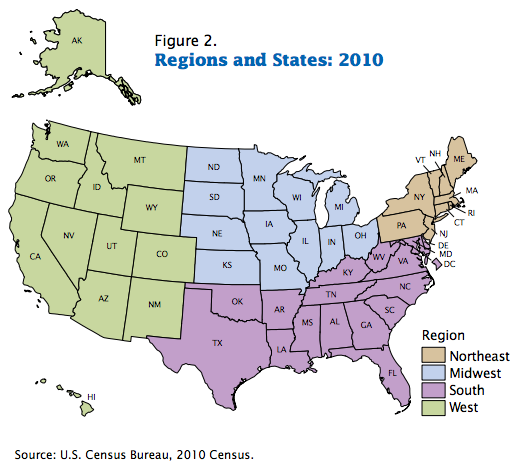Stephen Kirchner sent me the following from the Financial Times:
As economic growth returns again to Europe and Japan, the prospect of a synchronous global expansion is taking hold. Or, then again, maybe not. In a recent research piece published by Bank of America Merrill Lynch, global economic growth, as measured in nominal US dollars, is projected to decline in 2015 for the first time since 2009, the height of the financial crisis.
In fact, the prospect of improvement in economic growth is largely a monetary illusion.
I actually had to read this several times to make sure that my eyes were not deceiving me. After all, this is the Financial Times, the world’s leading financial newspaper. So we are to believe that even though real GDP is expected to rise, this isn’t actually “growth,” because output in Europe and Japan measured in US dollars is expected to decline. OK, that’s pretty weird, and you wonder why he didn’t choose to measure Japanese output in terms of Brazilian reals or Indian rupees, but we’ll let that pass. What floored me was the next sentence, that measuring economic growth in real terms rather than nominal terms was an example of money illusion.
It seems like that since 2008 people can just say anything. There are no rules anymore. You can say that a good way to reduce inflation is cutting interest rates. You can say that monetary policy is ultra-expansionary in countries suffering from deflation. Say whatever you want, the lunatics have taken over the mental asylum. It’s like the Chinese Cultural Revolution—all the old orthodoxies are discredited. Anything goes.
One argument is that if central banks were not created to execute fiscal policy, then why require them to maintain any capital at all? Capital is that which is held in reserve to absorb losses. If losses are to be anticipated, then a reasonable inference is that a certain expectation of risk must exist. Therefore, central banks must be expected to take on some risk for policy purposes, which implies a function beyond the creation of a monetary base to maintain price stability.
Umm, how about bond price risk due to interest rate changes, not bond defaults?
In response to those who argue against the metamorphosis of monetary policy into fiscal policy, one need only point toward the impact of quantitative easing on interest rates. The depressed returns available on fixed income securities, largely as a result of QE, are acting as a tax on investors, including individual savers, pension funds and insurance companies.
Let’s see, the Fed did lots of QE over the past 6 years and is expected to raise rates later this year. The ECB did none until a few weeks ago, and is expected to hold rates at zero for the next . . . well, basically forever. Oh, and despite all the QE done by the Fed, the quantity of T-bonds held by the public has soared dramatically higher in recent decades. But heh, whatever, go ahead and keep saying that QE is holding rates down. Nobody cares about reality anymore; it’s all about throwing out catchy sounding observations.
Essentially, monetary authorities around the globe are levying a tax on investors and providing a subsidy to borrowers.
Yes, causing the biggest crash in NGDP growth since the 1930s sure helps borrowers. They should all thank the Fed, and thank the ECB even more.
In the long run, however, classical economics would tell us that the pricing distortions created by the current global regimes of QE will lead to a suboptimal allocation of capital and investment, which will result in lower output and lower standards of living over time.
Which classical economists is he referring to? I don’t recall that argument in any of the classical writers I read. I do recall reading classical economists say that the sort of deflationary monetary policy that we see in Europe could reduce output and living standards. But QE? I must have missed that.
I sure wish America could go back to the boom year of 2009, when “living standards” soared much higher. You remember, the year when America’s GDP soared higher at double digit rates (when measured in terms of euros.)


